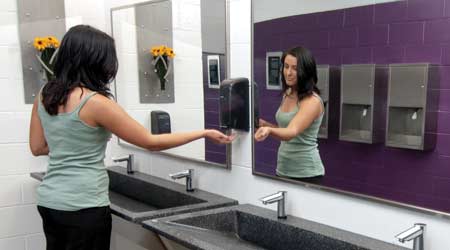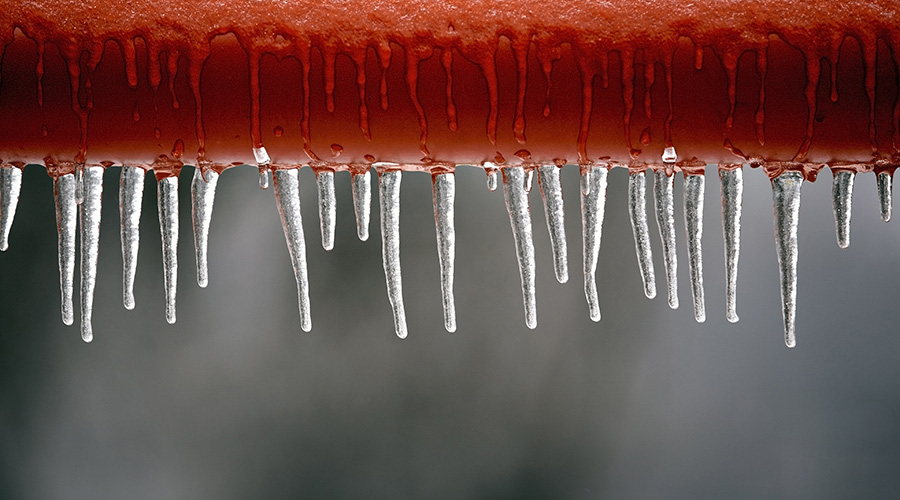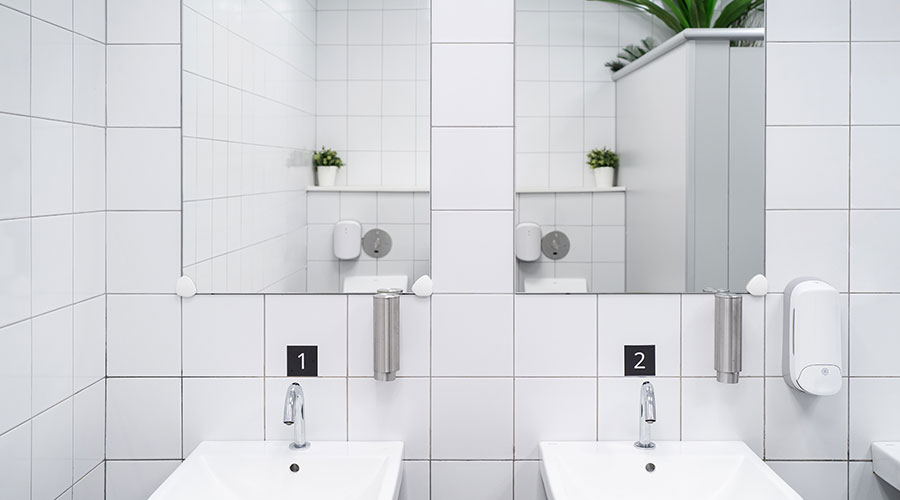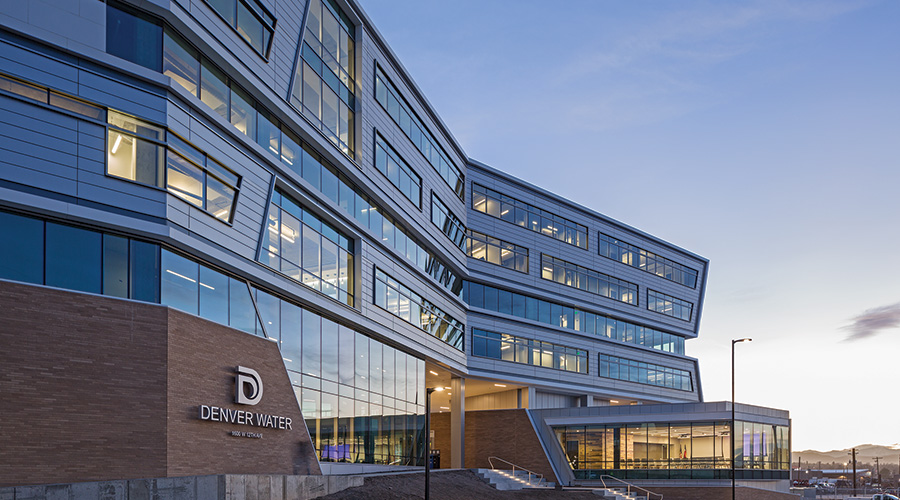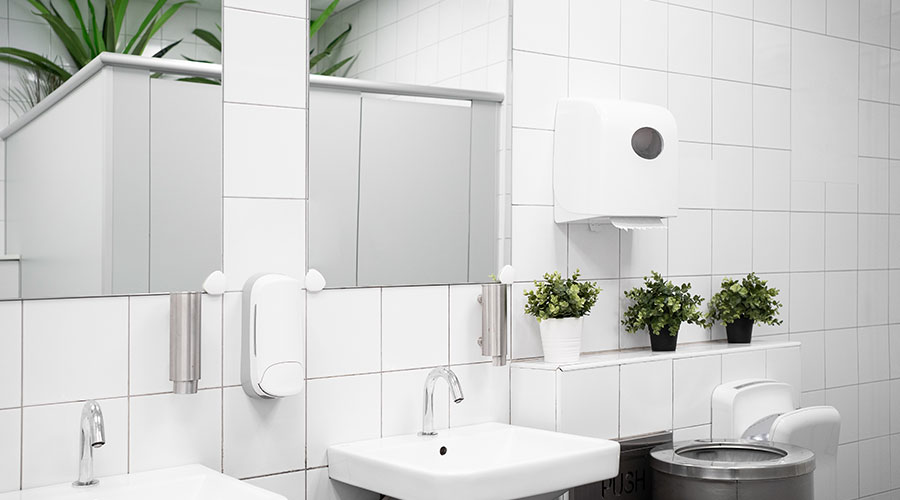Wisconsin Weather Presents Festival Maintenance Team Many Challenges
Part 3 of a four-part article on upgrades to festival grounds
The 2012 upgrades to Summerfest’s facilities presented many of the same challenges that previous projects have. Perhaps the biggest of these is the fact that Gosse and his team cannot perform upgrades when most other organizations can — when the weather is warm.
“When we build, we build in the worst parts of the year,” he says. “We’ve never built over a summer. (After the last festival in September), we put the shovel in the ground, and we continue to work during the coldest months of the year so we’re ready next year to open the place. That’s taxing, whereas my counterparts in other facilities can shut down a part of the building. It doesn’t matter if they’re painting when their people are there.”
The site also presents some environmental challenges based on its history.
“We’re a brownfield site, so we know what we have,” he says. “We have to do soil borings to see what the composition of the material is, not only from the load-bearing capacity when we’re building foundations but to see what we might expect when we start our excavations. A lot of the landfill material (removed during construction) has to go to another landfill. It’s not suitable for reuse on the site, and in some instances it’s contaminated. But I’ve done enough work here that I’m not surprised by it anymore.”
No matter the type of facility, one common goal of upgrades is to address ongoing facility problems, including maintenance issues. Summerfest’s upgrades were no different, and the projects’ results have been positive.
“We’ve learned a number of lessons that we were able to implement on these (2011 and 2012 projects), and they are making themselves evident now that my maintenance is much lower on these (facilities) than they have been on previous projects,” he says. “While the costs up front might be a little bit higher, the life-cycle costs are much lower than they would be if we put in something cheap that was cost-effective at the moment. We’ve also been able to do that because we’ve had a group of people in place that can see that over time.”
Related Topics:








